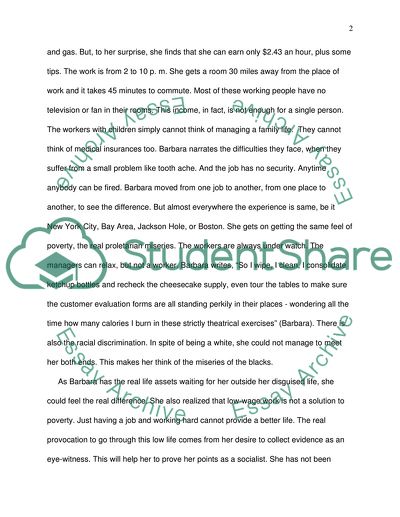Cite this document
(“Analytical essay about Nickel and Dimed by Barbara Ehrenreich”, n.d.)
Retrieved from https://studentshare.org/literature/1542781-analytical-essay-about-nickel-and-dimed-by-barbara-ehrenreich
Retrieved from https://studentshare.org/literature/1542781-analytical-essay-about-nickel-and-dimed-by-barbara-ehrenreich
(Analytical Essay about Nickel and Dimed by Barbara Ehrenreich)
https://studentshare.org/literature/1542781-analytical-essay-about-nickel-and-dimed-by-barbara-ehrenreich.
https://studentshare.org/literature/1542781-analytical-essay-about-nickel-and-dimed-by-barbara-ehrenreich.
“Analytical Essay about Nickel and Dimed by Barbara Ehrenreich”, n.d. https://studentshare.org/literature/1542781-analytical-essay-about-nickel-and-dimed-by-barbara-ehrenreich.


